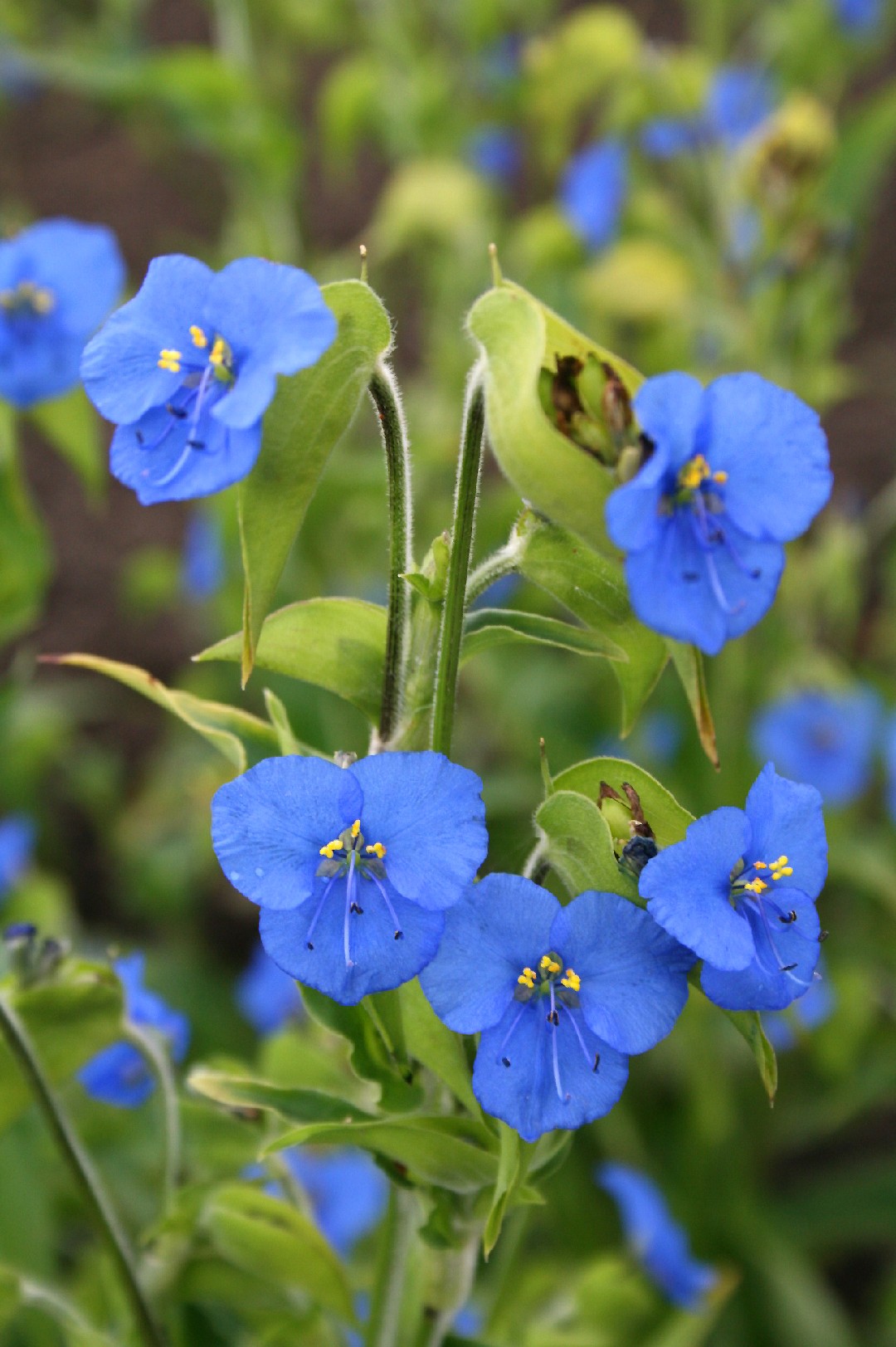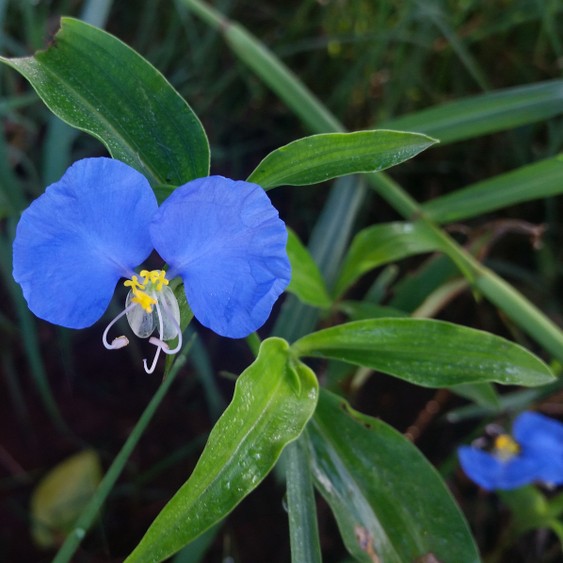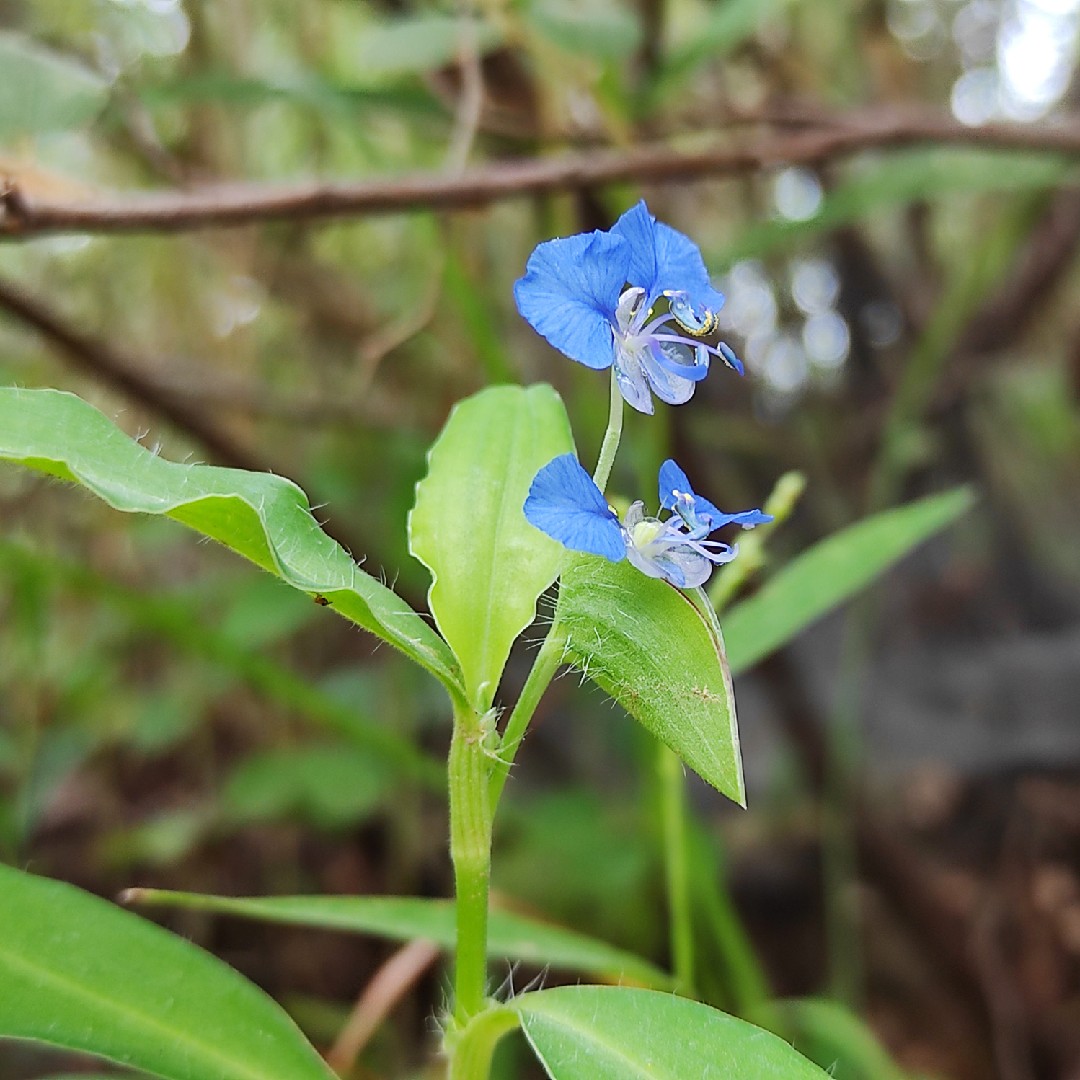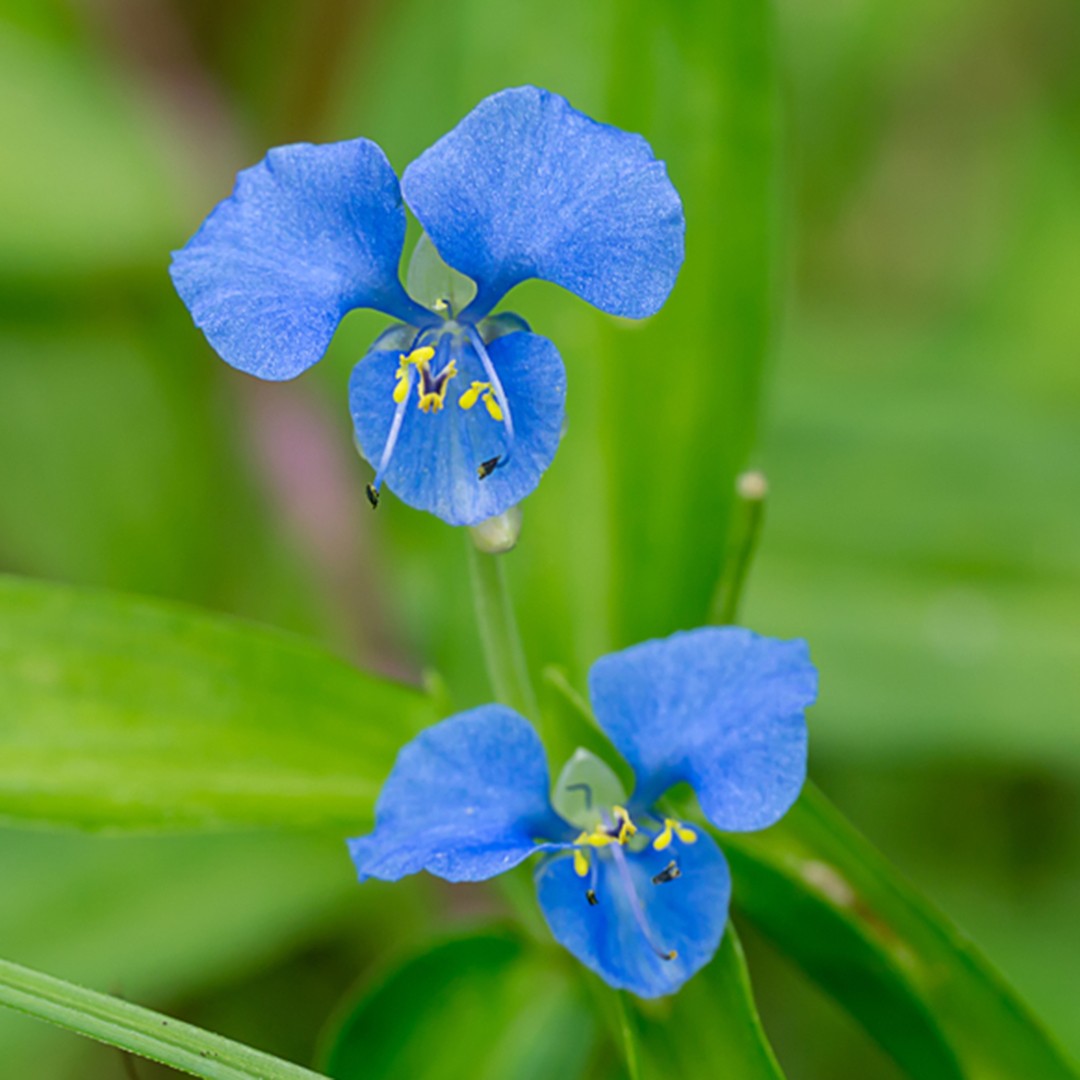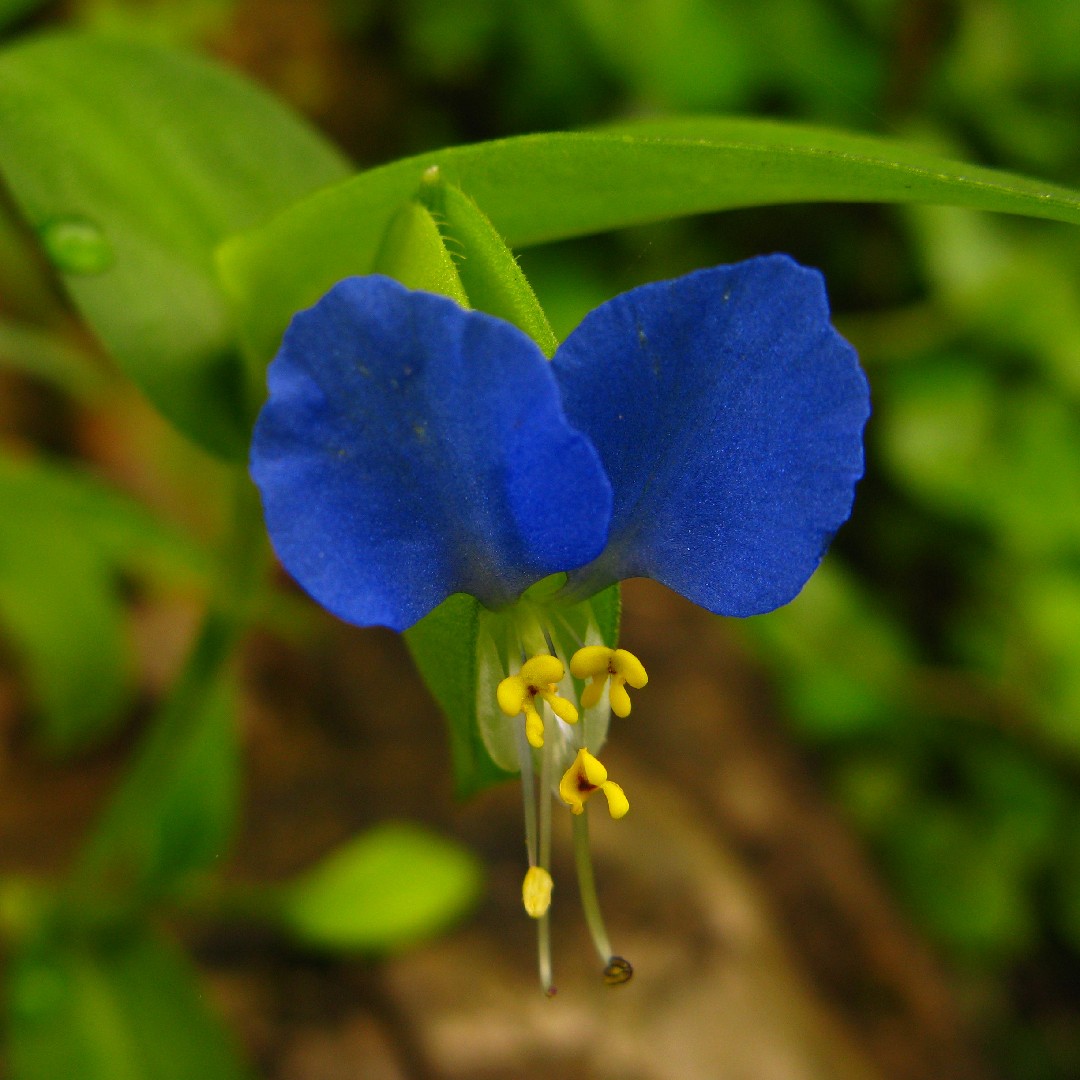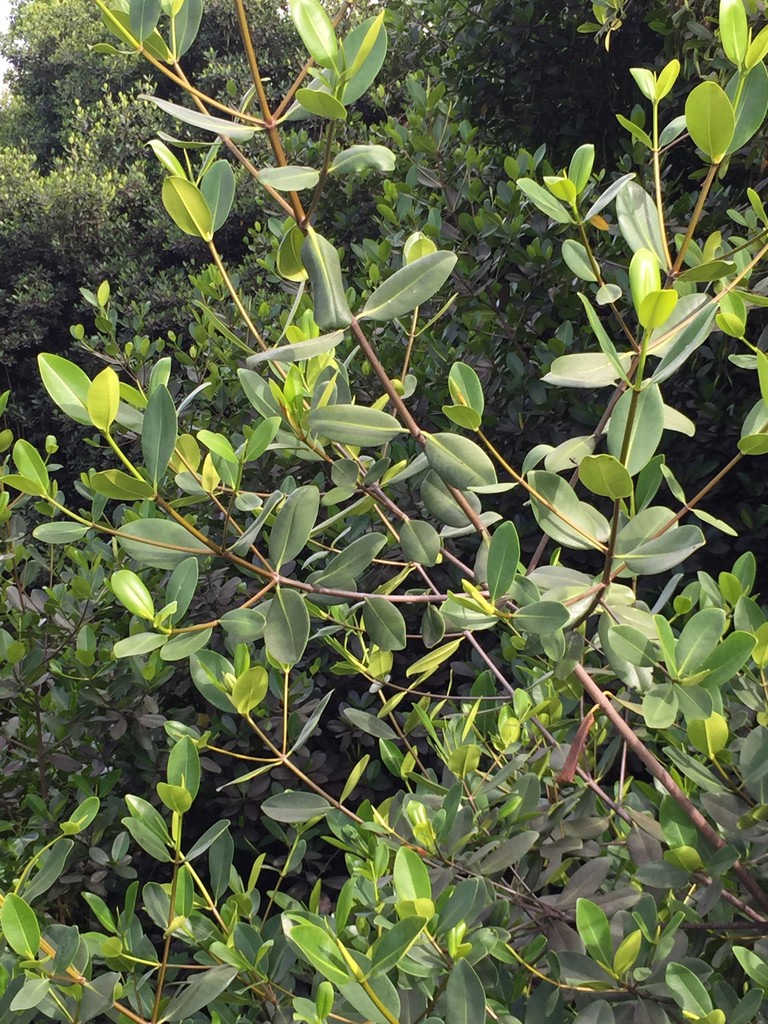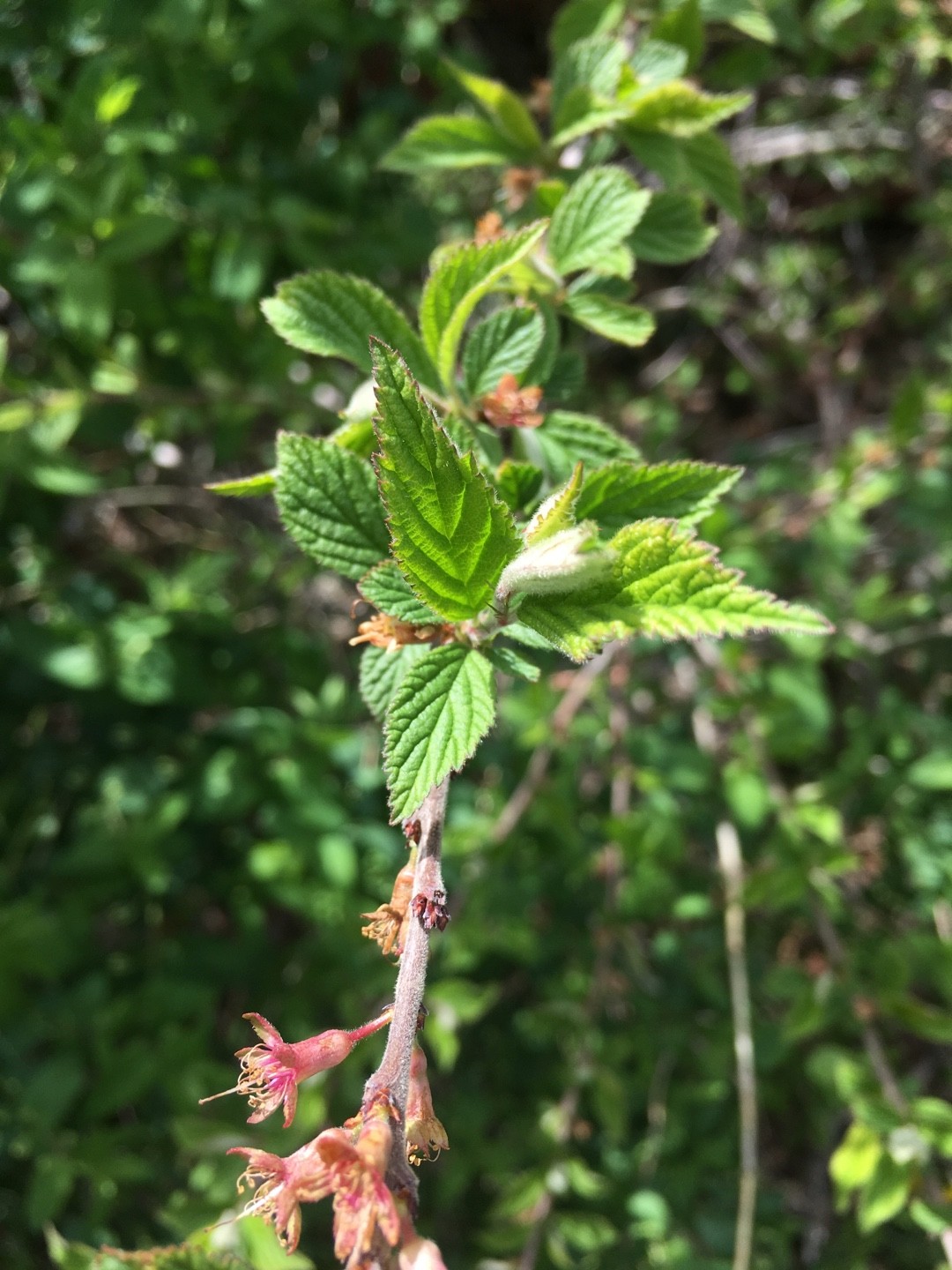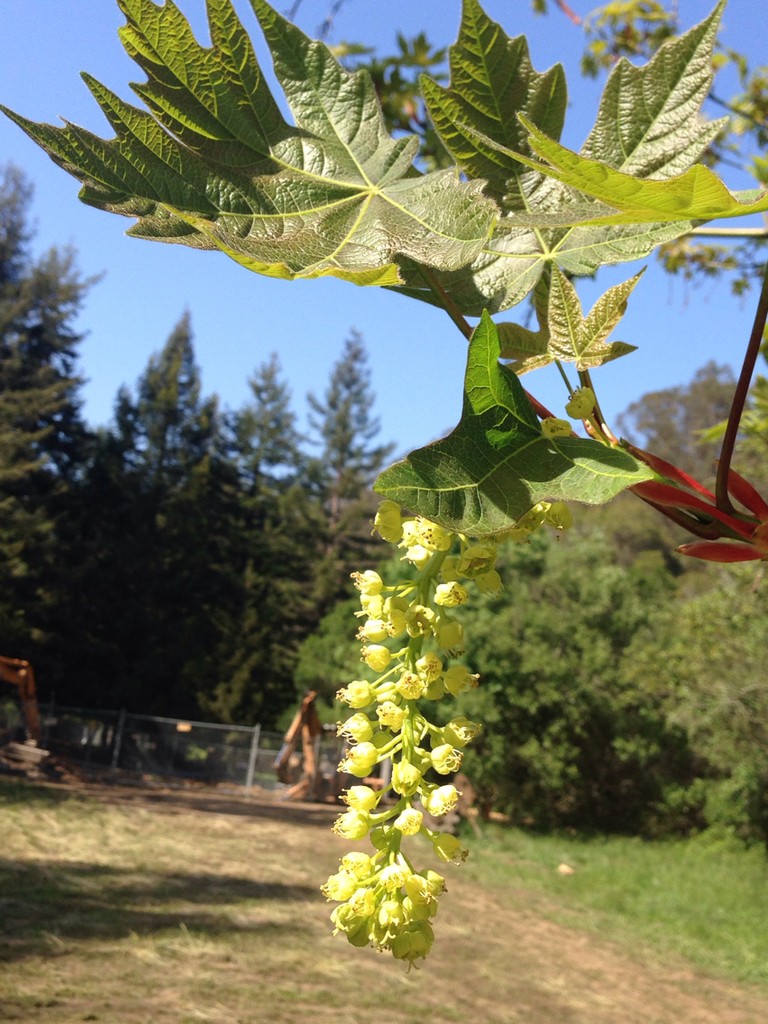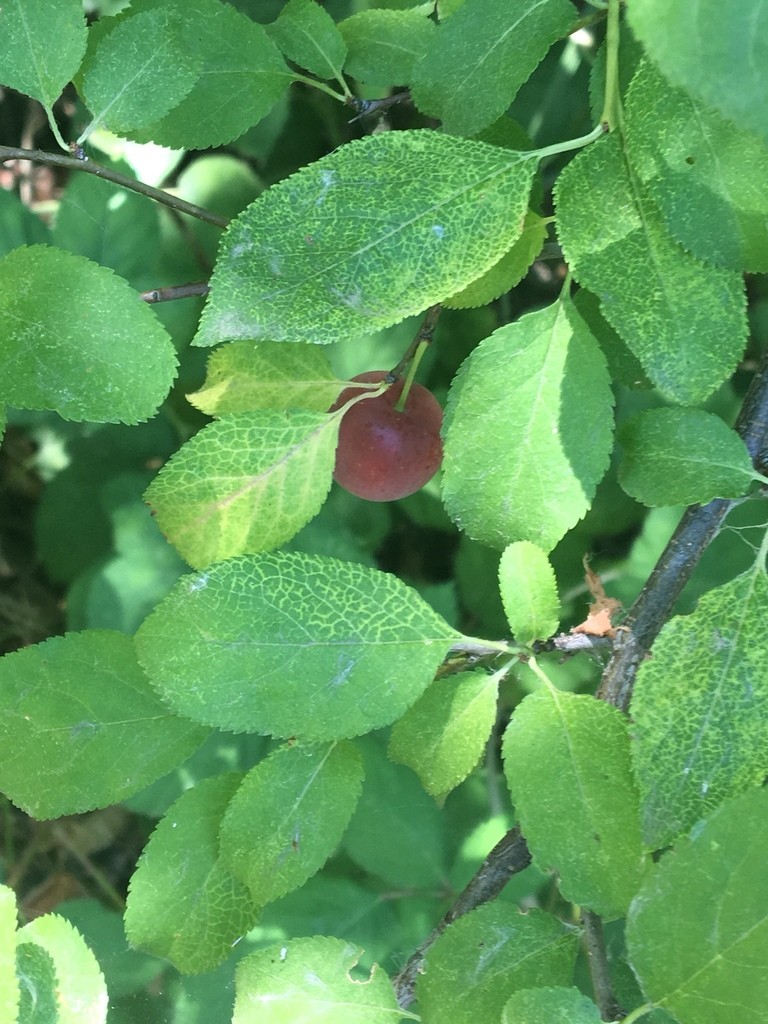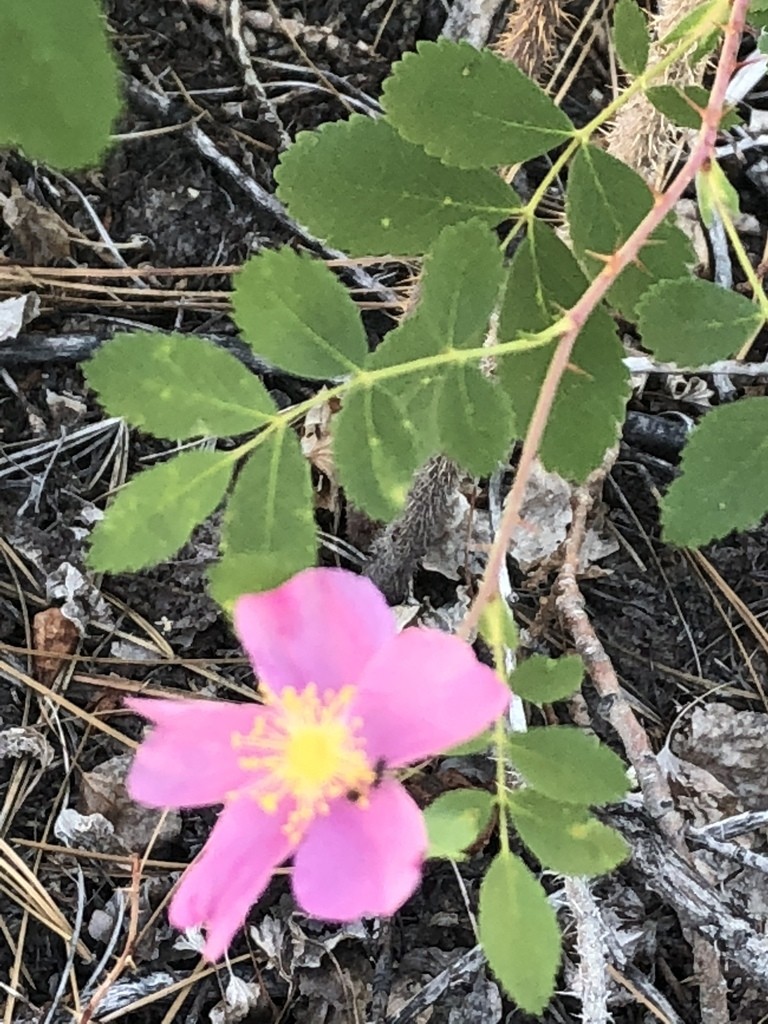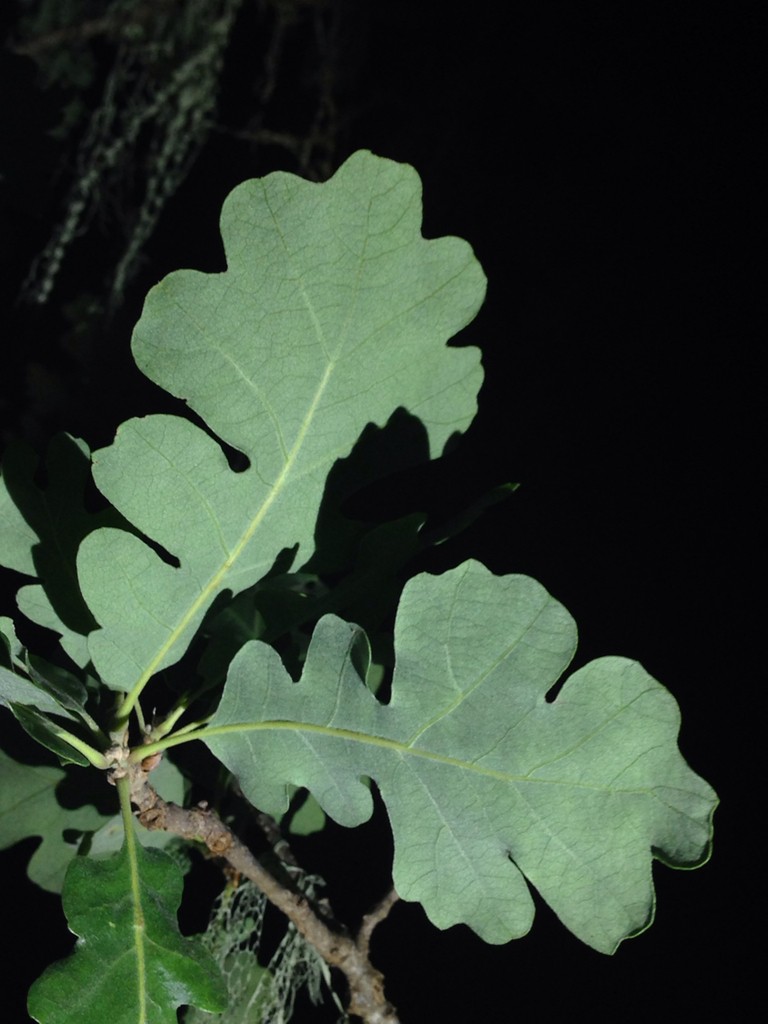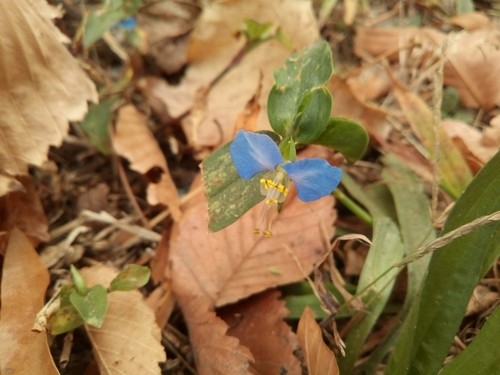Dayflowers plants are generally low-maintenance, thriving in conditions that replicate their native habitats. They require bright, indirect light and consistent moisture, doing best in well-draining soil with regular watering, yet they are somewhat drought-tolerant. Temperature-wise, dayflowers prefers a warm climate. Common challenges include spider mites and aphids, along with root rot from overwatering. Seasonally, dayflowers benefits from reduced watering in winter and more frequent hydration during hotter months. Protection from frost is essential, and in temperate regions, they may die back and regrow in spring.


